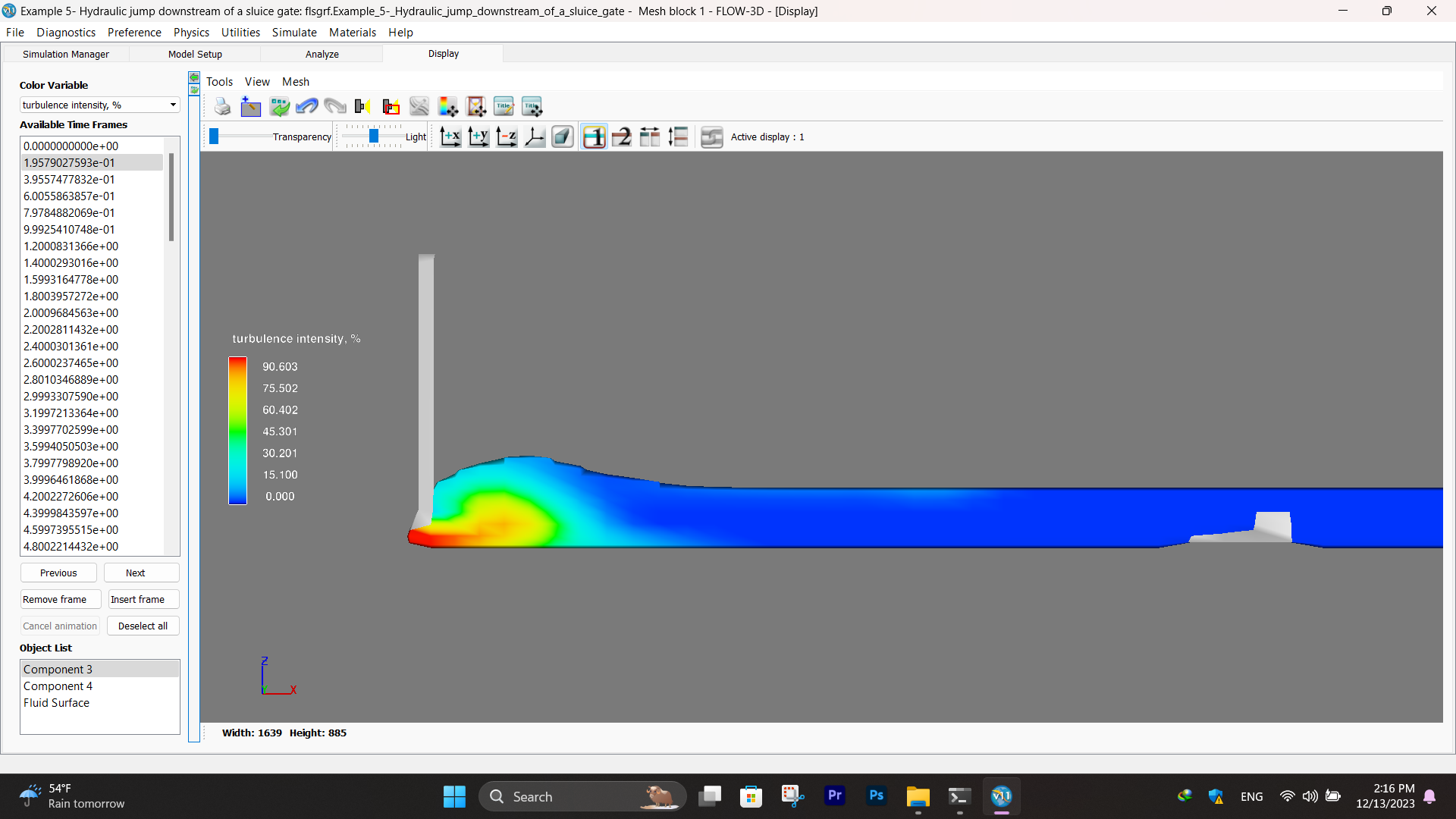Improving Output Precision via Mesh Sizing and Quality Evaluation

Understanding Diverse Boundary Conditions
October 1, 2023Mesh sizing and quality play a pivotal role in the accuracy and reliability of numerical simulations, particularly in computational fluid dynamics (CFD). The importance of mesh sizing and quality can be elucidated through their impact on the output quality, modeling precision of solid objects, and overall accuracy of simulations.
Regarding the quality of outputs, the mesh size directly influences the representation of physical phenomena in the simulation. In CFD, for instance, a coarse mesh may fail to capture intricate flow patterns, resulting in inaccurate predictions of fluid behavior. On the contrary, an appropriately sized and refined mesh enables a more accurate representation of the underlying physics, thereby enhancing the fidelity of the simulation results.
Secondly, mesh quality significantly affects the accuracy of modeling solid objects. In numerical simulations involving solid structures, an inadequately sized mesh may lead to inaccuracies in stress and strain distribution. A finer mesh resolution is imperative to capture intricate details and variations in the geometry, ensuring a more precise representation of the results.
Moreover, the impact of mesh sizing extends to the precision of simulation outputs. Inaccuracies introduced by an improper mesh can propagate through the entire simulation, compromising the reliability of results. A high-quality mesh, characterized by appropriate element size and aspect ratios, contributes to minimizing numerical errors and ensures that the simulation outcomes align closely with the physical reality.
Furthermore, mesh analysis plays a crucial role in optimizing simulation runtimes. Through careful examination of the mesh, one can identify areas of refinement that significantly contribute to solution accuracy, allowing for a judicious allocation of computational resources. This analytical approach facilitates the optimization of simulation times by focusing computational efforts on regions where higher mesh resolution is essential, thereby improving the efficiency of the numerical modeling process.
In conclusion, the significance of mesh sizing and quality is multifaceted, influencing the quality of outputs, precision in modeling solid structures, and the overall accuracy of simulations. Additionally, mesh analysis serves as a valuable tool in optimizing simulation times by guiding the strategic allocation of computational resources. As such, a meticulous consideration of mesh parameters is imperative for ensuring the robustness and reliability of numerical simulations in various academic and consultancy applications.
In the following, we depict the modeling quality and output accuracy, represented in this instance by turbulence intensity, for two types of mesh sizing—coarse and fine, respectively—across equivalent time intervals: 0.2, 0.8, and 1.4 seconds.
1- Comparing the results for 0.2 seconds: the first image with a coarse mesh, and the second one with a fine mesh.




1- Comparing the results for 0.8 seconds: the first image with a coarse mesh, and the second one with a fine mesh.




1- Comparing the results for 1.4 seconds: the first image with a coarse mesh, and the second one with a fine mesh.





